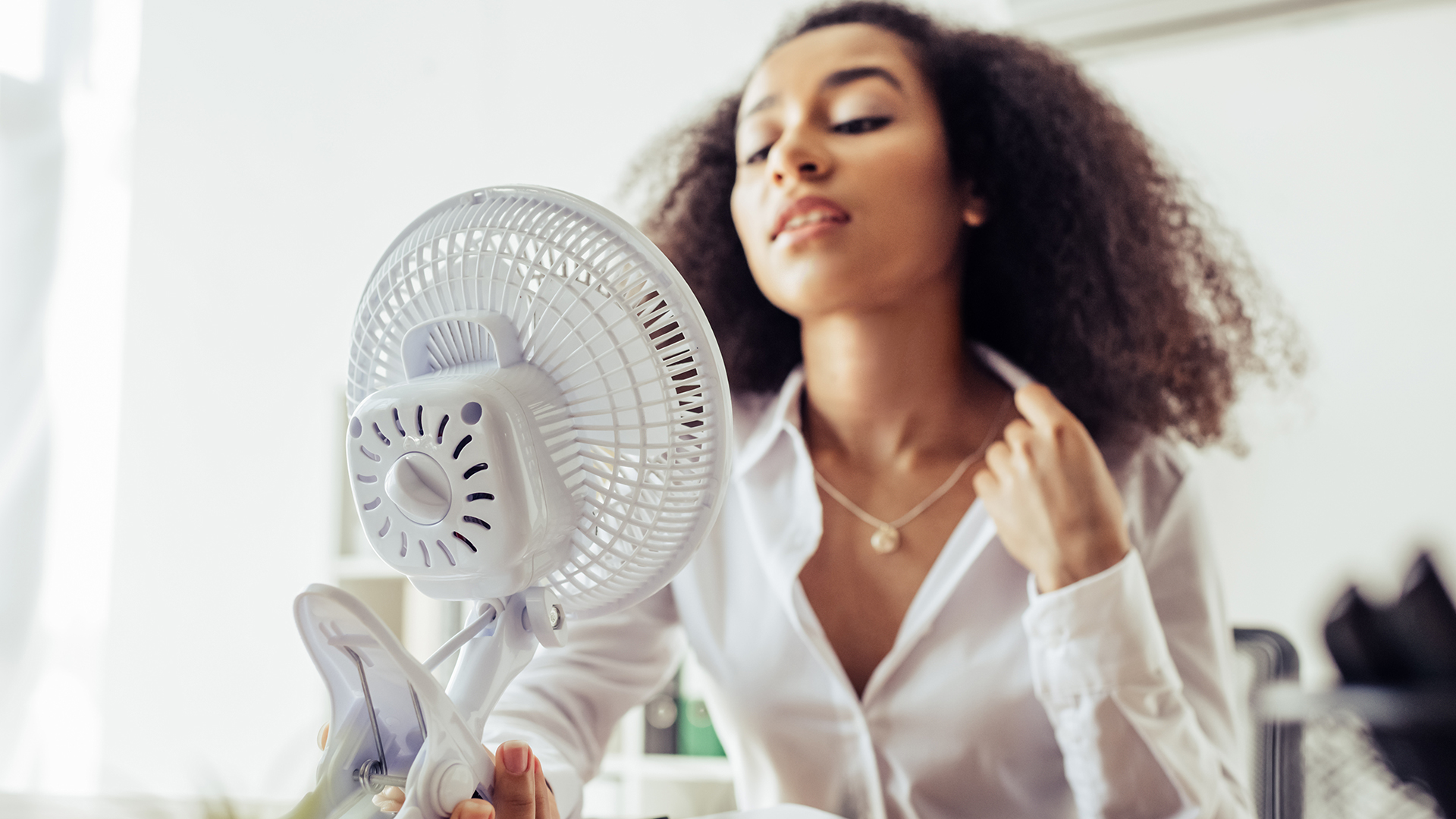
Staying Cool And Productive: Strategies For Working Indoors In Hot Environments
While working indoors may offer some relief from scorching temperatures, certain environments can still become uncomfortably hot, posing challenges to productivity and well-being. Whether in manufacturing facilities, warehouses, or offices lacking proper ventilation, it’s crucial to implement strategies that help individuals cope with the heat indoors. This article explores the impact of working inside in high temperatures and offers practical tips to create a comfortable and safe environment.
Understanding the Challenges
Indoor Heat: A Hidden Challenge
Working indoors in elevated temperatures can lead to a range of challenges, including discomfort, decreased productivity, and potential health risks. Inadequate ventilation, lack of air conditioning, and exposure to heat-generating equipment contribute to an indoor environment that can become oppressively hot. Employees in such settings may face difficulties in maintaining focus, energy levels, and overall well-being.
Dehydration and Heat-Related Stress
Even in indoor settings, individuals can experience dehydration and heat-related stress if the environment lacks proper cooling mechanisms. Prolonged exposure to high temperatures without adequate hydration can lead to fatigue, dizziness, and an increased risk of heat-related illnesses. Recognising the signs of heat stress is essential for maintaining a safe and healthy workplace.
Strategies for Working Indoors in the Heat
Optimal Ventilation: The Breath of Fresh Air
Ensuring proper ventilation is fundamental to creating a comfortable indoor environment. Adequate air circulation helps dissipate heat and provides relief to individuals working in enclosed spaces. Employers should invest in ventilation systems, such as fans or air purifiers, to improve air quality and reduce indoor temperatures.
Air Conditioning: A Cooling Oasis
Where feasible, air conditioning is a powerful tool for maintaining a comfortable indoor working environment. Properly functioning and well-maintained air conditioning systems not only cool the air but also regulate humidity levels. When extreme heat poses a threat to employee well-being, air conditioning becomes a crucial investment in workplace safety and comfort.
Hydration Stations: Quenching the Thirst
Encourage regular hydration by providing accessible water stations throughout the workplace. Remind employees to drink water frequently, even if they do not feel thirsty. Consider providing electrolyte-rich beverages to replenish essential minerals lost through sweating. Hydration is a cornerstone for preventing heat-related illnesses and promoting overall well-being.
Adjusting Work Schedules: Beating the Heat
Flexible work schedules can be an effective strategy for avoiding the peak heat hours. Consider adjusting work hours to start earlier in the morning or finish later in the evening when temperatures are more moderate. This allows employees to tackle tasks during cooler periods, minimising the impact of indoor heat on productivity and comfort.
Cooling Break Areas: Retreats from the Heat
Designate specific areas as cooling zones where employees can take short breaks to cool down. These areas may be equipped with fans, air conditioning, or simply shaded spaces with comfortable seating. Encourage employees to take regular breaks to prevent overheating and ensure a more comfortable work experience.
Light Clothing Policies: Dressing for Comfort
Implementing dress code policies that allow employees to wear light, breathable clothing can contribute to their comfort. Loose-fitting and light-coloured attire helps regulate body temperature and allows for better air circulation. Consider relaxing dress code restrictions during periods of extreme heat.
Training on Heat Safety: Knowledge is Empowerment
Educate employees about the risks associated with working in high temperatures and provide training on heat safety measures. This includes recognizing the signs of heat-related illnesses, understanding the importance of hydration, and knowing when to take breaks. Empowering employees with knowledge will enhance their ability to protect themselves from the effects of indoor heat.
Workspace Design: Ergonomics and Comfort
Optimise workspace design to reduce heat accumulation. Arrange workstations to maximise airflow and consider the placement of heat-generating equipment. Provide ergonomic seating and invest in materials that do not retain heat excessively. A well-designed workspace contributes to both employee comfort and productivity.
Conclusion
Working indoors in the heat presents unique challenges that require a proactive and thoughtful approach. By understanding the impact of indoor heat on employee well-being and implementing practical strategies, employers can create a more comfortable and safe working environment. Adequate ventilation, air conditioning, hydration initiatives, flexible work schedules, and employee education on heat safety are essential components of a comprehensive plan to address indoor heat challenges. In prioritising the comfort and health of the workforce, employers not only enhance productivity but also demonstrate a commitment to the overall well-being of their employees. As temperatures rise, let’s create indoor spaces that foster both comfort and productivity, ensuring a thriving and safe workplace environment.
